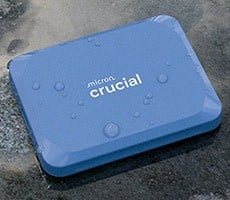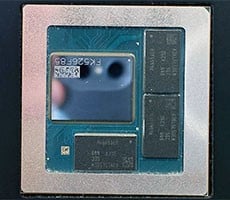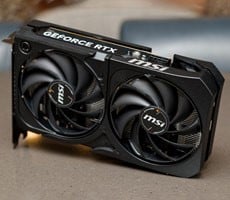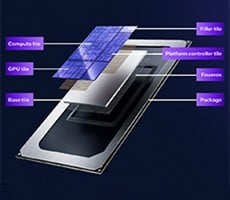ATI Radeon HD 4870 X2 - AMD Back On Top
|
|
|
|
|
The latest version of Futuremark's synthetic 3D gaming benchmark, 3DMark Vantage, is specifically bound to Windows Vista-based systems because it uses some advanced visual technologies that are only available with DirectX 10, which y isn't available on previous versions of Windows. 3DMark Vantage isn't simply a port of 3DMark06 to DirectX 10 though. With this latest version of the benchmark, Futuremark has incorporated two new graphics tests, two new CPU tests, several new feature tests, in addition to support for the latest PC hardware. We tested the graphics cards here with 3DMark Vantage's Extreme preset option, which uses a resolution of 1,920 x 1,200, with 4X anti-aliasing and 16X anisotropic filtering. |

Futuremark's latest addition to the 3DMark franchise, the DX10-based 3DMark Vantage, behaved very differently than the older version of the benchmark. In this test, the deltas separating the different configurations are huge. As you can see, the Radeon HD 4870 X2 manhandles any other single graphics card in the list. And when running in tandem, a pair of Radeon HD 4870 X2 cards bests almost every other configuration, save for a trio of GeForce GTX 280 cards.


As we look deeper into the 3DMark Vantage results, the individual GPU tests tell essentially the same story. Although the framerates are different, the overall trends in the data are the same. The Radeon HD 4870 X2 outpaces every other single card configuration and only the GeForce GTX 280 3-way SLI setup is faster.








